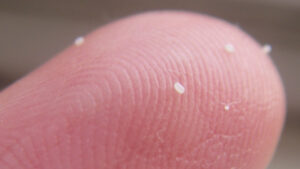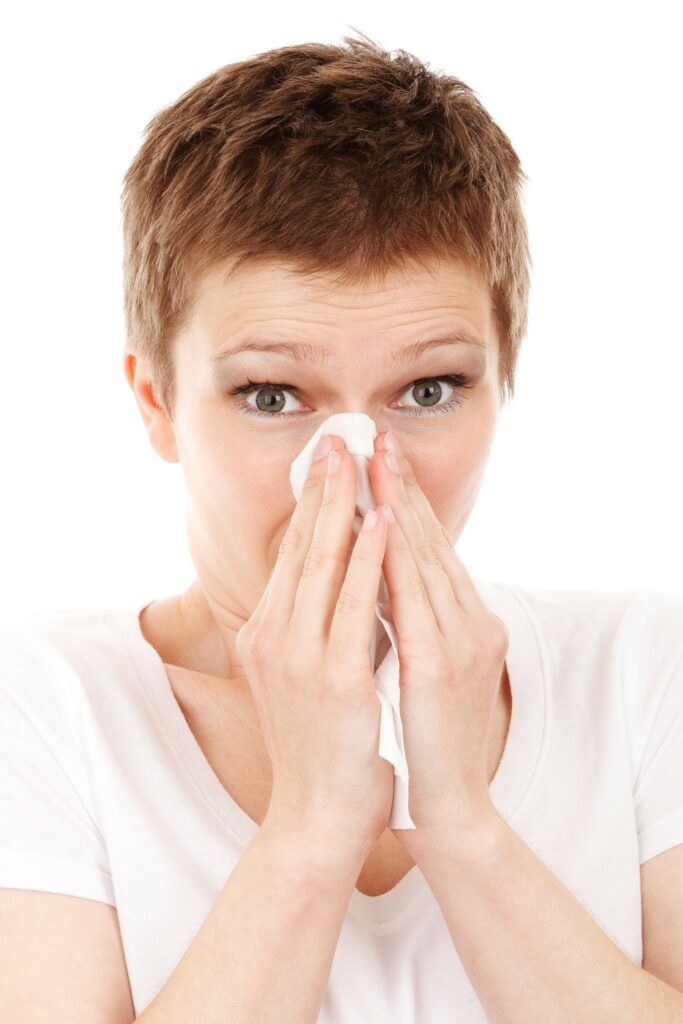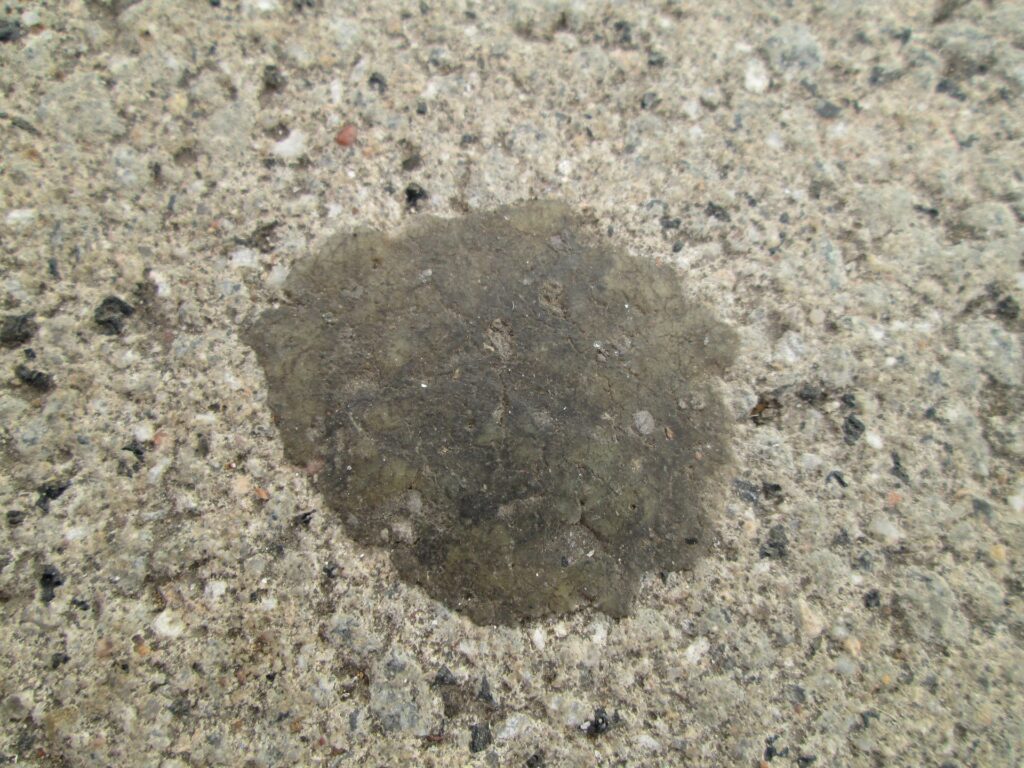How To Safely Clean Your Phone
In today’s society, your mobile phone is one of the most important items you carry around. It’s in your bag, your pocket, on tables, on charge and in your hand multiple times. So keeping it clean is very important.
Over time dust and debris can build up on the screen, in the charging ports, and under the edges of the case. This can result in things like improper button response to difficulty with connecting cables.
Now phones are very delicate pieces of equipment, so your want to make sure you have the right cleaning tools for the job.
Step 1
Turn off your device, and remove the battery if you can.
Step 2 – Gather Cleaning Tools
- Wooden toothpick
- Paper Towel
- Sanitiser Spray
The quickest and easiest tool for removing debris is a wooden toothpick. This is great for scrapping bits out the edges, around buttons and in the charge ports. Due to it being wooden it does not conduct electricity so there’s no chance of you getting a shock or damaging the connections if used softly.
What you do not want to do is use any metal tools of any kind, as these could short out components and damage your device. You should also avoid using compressed air as this can just force the dirt in further.
Once you are happy you have removed as much dirt as you can it’s time to clean the whole facia of the device.
To do this spray some sanitiser directly onto a folded paper towel, 2 small squirts should be enough. Gently rub the towel over the whole device insuring you cover all sides, front and back. The reason we use sanitiser is it will kill any bacteria but also clean at the same time.
Once the device is looking sparkling and fingerprint-free fold the towel and dry off.
We recommend cleaning your phones and tablets at least once a week.
How To Safely Clean Your Phone Read More »













